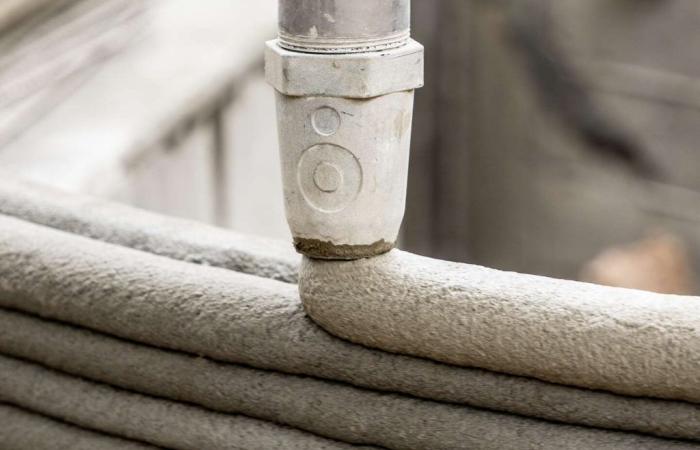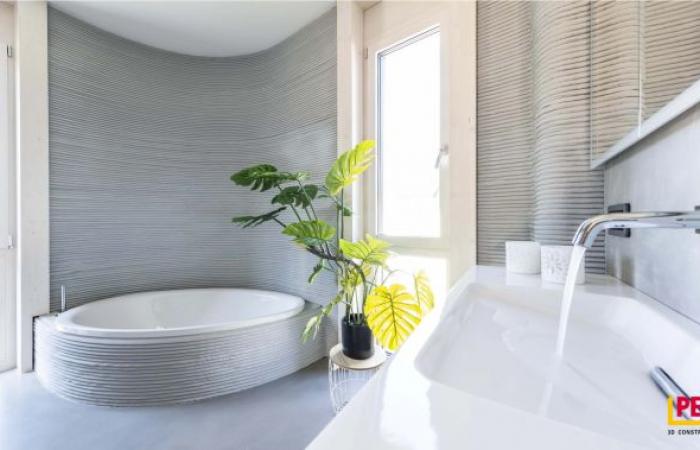Ten years ago, the first houses printed in concrete emerged from the ground, built by large robots similar to those in automobile factories, or by motorized gantry cranes – a giant version of domestic 3D printers. At the time, the promoters of this technology were convinced: it would lower the price of buildings, speed up construction sites, and offer great architectural freedom. But ten years later, the revolution is long overdue. “It is likely that fewer than fifty buildings were printed in Europe,” estimates Lukas Bischofberger, marketing manager at Peri3D, which has built around ten of them.
In terms of architectural freedom, it is true that technology allows for the production of rounded walls, capable of caring for the pleasure and well-being of the occupants. For the rest, the other promises are slow to materialize. “Printing remains more expensive than traditional construction techniques”notes Jérôme Florentin, director of project management at Plurial Novilia.
The construction company has started work in Bezannes, in the Marne, on the construction of a building intended for individuals, at a relatively reasonable cost in relation to its energy requirements (REC2025 standard). “We budget 3,000 euros per m² compared to 2,300 euros for an equivalent building built in the traditional way,” explains Jérôme Florentin. Lukas Bischofberger is more optimistic: “on certain mid-range high-end projects, we are now almost at equilibrium with the price of traditional buildings”.
Manufacturing time
Manufacturing times, however, are disappointing. The printers have nothing to do with it: their speed is constantly improving. But developers are often forced to manufacture prototypes so that the solidity of the building can be checked by the Scientific and Technical Center for Building, the institution that issues the technical opinions required to build with a technology on which we have little perspective.

So many reasons which pushed the construction group Bouygues construction to freeze its experiments: “We have left the locomotive, but we remain ready to jump on the train when the conditions are right,” nuances Bruno Linéatte, its director of R&D for European projects. Because if the French 3D printing market is buzzing these days, it is in a segment that is less of a dream than the individual house: that of street furniture and separate elements printed in the factory.
Read the analysis | Article reserved for our subscribers Buildings take over 3D printing
Add to your selections
The construction company Spie Batignolles has launched into this, and plans to soon open a third printing factory to be closer to the construction sites. It manufactures elements intended for public spaces, such as benches, tables, works of art, but devotes another part of its activity to technical parts intended for buildings and houses. “Our prices are competitive on certain elements”, welcomes its director of innovation, Alexis Hermet. “Our activity has quadrupled in one year. We hope to reach 100 projects in 2024.”
You have 61.77% of this article left to read. The rest is reserved for subscribers.








